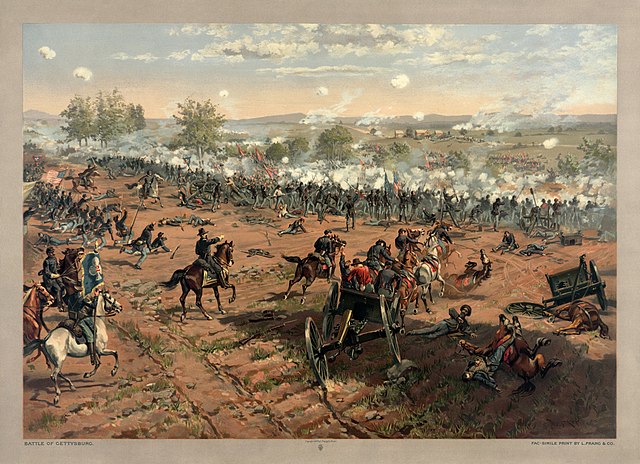For Civil War soldiers, the only thing worse than armed combat was the sheer danger and terror of sitting in camp. Of the 750,000 men to die during the war – a recent revision from the traditionally cited number of approximately 620,000 – two-thirds died of disease. That means that 340+ men died of disease every day regardless of whether the armies fought. To break that number down more, given that the Confederates had approximately 1 million men serve during the war vs. the Union’s 2 million, on average 114 Confederates died of disease each day.
Perhaps those statistics put Robert E. Lee’s plan for the third day of the Battle of Gettysburg in a different light. When we walk the ground of Pickett’s Charge during our Courageous Communication case study Lee’s plan seems completely fanciful. From a tactical point of view, Lee’s decision to assault the Union center still may seem flawed, but from a strategic point of view, we can understand why he was willing to take risks in order to win the war as soon as possible.
All of this raises the question: what important metrics might you be overlooking that are key to your success or possible failure?






Recent Comments